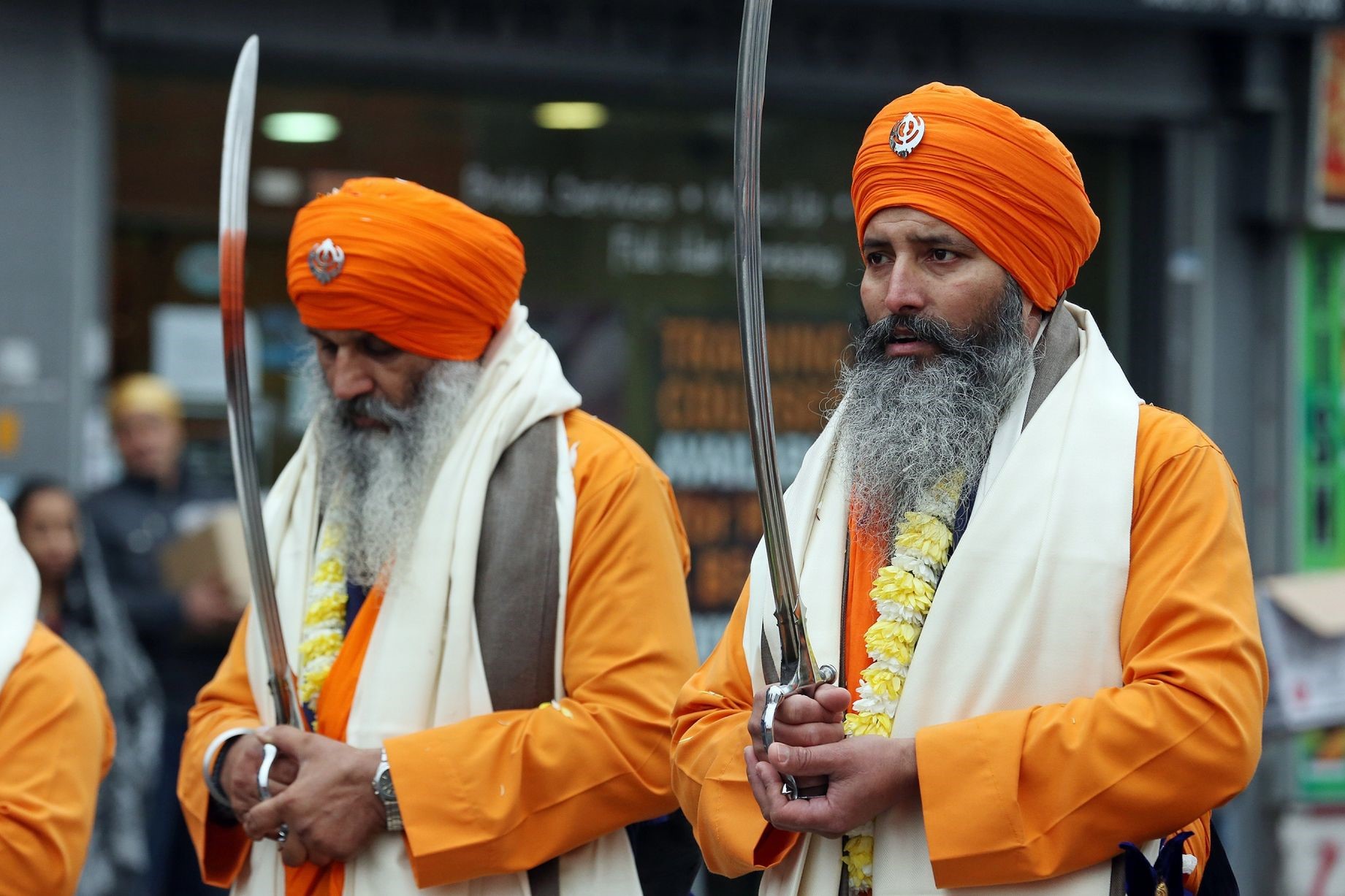With only 500 years under its belt, Sikhism is the world’s newest religion. Guru Nanak, the organization’s founder, was born in 1469. Guru Nanak preached the simple message “Ek Ong Kar,” which means “we are all one, made by the One Lord of all Creation.” This was during a period when castes, nationalism, religious divisions, and extremism were tearing India apart. He had no religious affiliations and appreciated all faiths. He acknowledged that there has been one God and numerous paths and that God’s name is Truth, “Sat Nam.”
Guru Nanak Ji taught everybody to kneel just before God as well as to connect with the Master, the Spirit of Truth, who dwells in constant direct awareness of God and knows no distinction. The Guru teaches disciples how to encounter God inside themselves by speech and practice, taking people from darkness to enlightenment. Guru Nanak was a lowly bearer of the Truth’s Light. He was an outspoken opponent of superstitions, ritual, disparities and unfairness, renunciation, and deceit, and he encouraged searchers by performing heavenly songs that moved even the most hardened listeners. These verses were penned and would subsequently constitute the foundation for the Sikhs’ sacred writings, known as “Siri Guru Granth Sahib.”
Individual and panthic, or community, characteristics are present in every Sikh’s life. The liberal life (Miri) includes norms of spiritual conduct for a committed Sikh (Piri). The Sikh way of life is based on Gurmat, a set of values passed down via the ten gurus over 300 years. A Sikh must follow the rules of the Sikh standard of ethics from birth until death, irrespective of initiating level.” Waheguru Ji ka Khalsa – Waheguru Ji ki Fateh,” or “Khalsa belongs to God – Victory belongs to God,” is a statement that Sikhs should use to greet newcomers.
Sikh’s Religion and Worship
A Sikh idolisidolizesrusts within God. The 10 gurus and the piece of writing of the Guru Granth are seen by Sikhs as a route through which heavenly light appears as redemption. Sikhs chant heavenly hymns from the Guru Granth in the gurdwara, where they meditate with religious associates and commune with God.
When embarking on crucial efforts, Sikhs do area and areasemonial prayer and read from the Guru Granth. The distinctiveness of Sikhism is defended without any disparaging remarks about other religions or denigrating of other faiths.
Sikh rules and Attire
A Sikh is required to wear a kachhera, underclothing, and a turban. A Sikh woman could wear a turban, but veiling her face and covering her whole is not acceptable. Earrings, nose rings, and other decorative piercings are not permitted. Every hair on a Sikh’s skull, face, and parts of the body is kept untouched and unchanged.
In the sight of the Guru Granth, Sikhs cover their heads and go barefoot. Footwear is not permitted inside a gurdwara or even anywhere near the Guru Granth, save when moving it outdoors.
Worship includes concentrating on God and reciting from the Guru Granth Sahib. Living according to the ten gurus’ principles and Guru Granth’s instructions. Working and earning an honest living, as well as sharing profits and doing voluntary, selfless service, are all considered offerings to the Guru.
A Sikh, irrespective of his or her introduction status, doesn’t at all smoke or even use nicotine in any manner, nor does he or she consume any other stimulants. A Sikh venerates only the Guru Granth Sahib. It is acceptable to read texts from different religions for the sake of study. Gender bias, caste, class, and lineage are all things that a Sikh should dismiss and pay no credence to. It is customary for a Sikh to marry another Sikh. Sikhs are not to harm or kill an embryonic or newborn infant, nor are they to associate with child murderers.
In remembrance of the dead, the head is shaved. Wearing a necklace made of herbs collected from a cemetery. All of these practices are forbidden in Sikhism, including making a ritual marking on the forehead.
Sikh Practice on a Day-to-Day Basis
A Sikh’s daily prayer routine includes waking up 3 hours early dawn and bathing. Consider one God till daybreak, chanting the word Waheguru.
Tev Prasaad Swaye, Japji Sahib, Jap Sahib, Jap Sahib, Jap Sahib, Jap Sahib, Jap Sahib, Jap Sahib, Jap Sahi
Rehraas in the evening.
Kirtan Sohila – Bedtime
After morning and evening nitnem, say a prayer. Learn the Gurmukhi script and how to read and understand it. Make it a practice to study from the Guru Granth text every day, aiming to finish a whole recitation every few months or according to your capacity.








